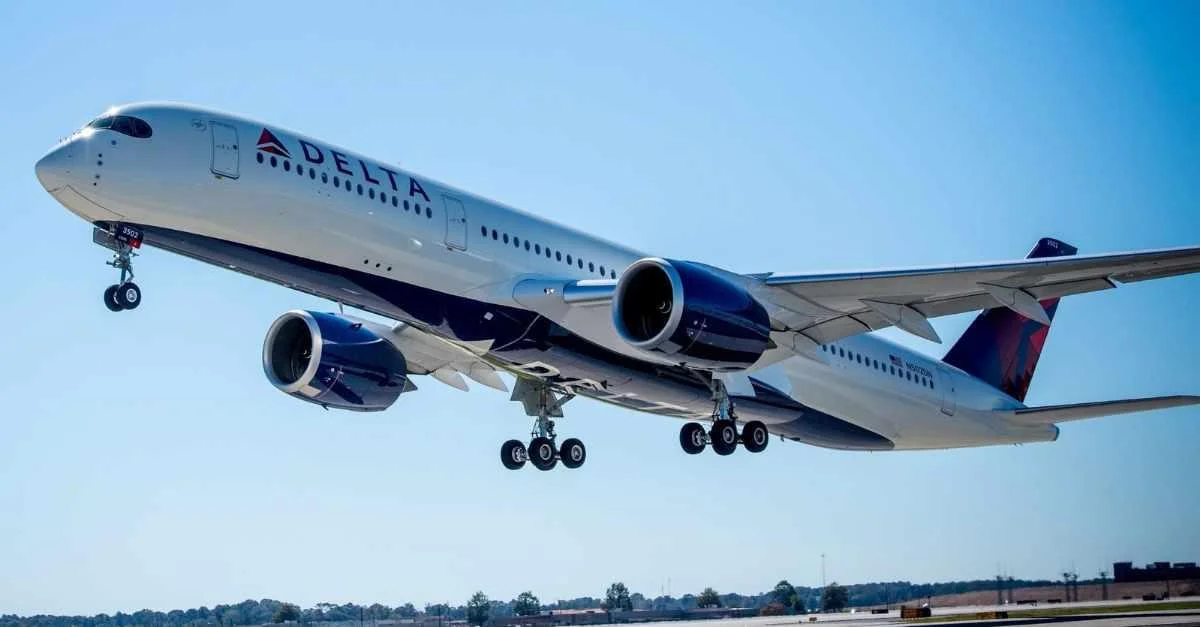VPNs offer a list of server locations globally and provide the ability to bypass regional restrictions on content, enabling access to favorite services even when abroad.
Many airlines and airports provide public Wi-Fi, often free or at a cost, to keep passengers connected, but these networks pose risks. The lack of encryption on open networks means data transmitted over these connections can be intercepted by malicious users. Furthermore, "man-in-the-middle" attacks can occur on public networks, where hackers secretly intercept and potentially alter communications. Fake Wi-Fi networks, which mimic legitimate ones, can also be a threat.
By using a VPN, data remains encrypted and unreadable, even if connected to a compromised network. This ensures personal and financial information's security, allows access to geo-restricted content, protects business data, and prevents tracking and surveillance.
Choosing the right VPN is crucial for travel. A reliable VPN should have strong encryption, a no-logs policy, fast connections, a wide range of server locations, user-friendly apps, and support for multiple devices. Additional features like automatic connection to unsecured networks are beneficial for frequent flyers.
Using a VPN while flying can be supported by airplane Wi-Fi, albeit slower than ground connections. It's important to configure the VPN app before boarding. Some airlines may throttle VPN traffic, requiring a switch to another server or protocol to maintain stability.
Changing VPN location is straightforward. Most VPN apps have an intuitive server list allowing users to choose server locations, enabling access to region-specific content or bypassing regional censorship. It involves simply selecting the desired server from the list.
Travelers should also keep devices updated, use strong passwords, disable automatic Wi-Fi connections, and turn off settings like file sharing and AirDrop to maintain security.
In summary, using a VPN helps secure digital life while traveling, ensuring data protection and flexibility to access content, making it an essential travel tool for flyers.
 Alerts Sign-up
Alerts Sign-up
















